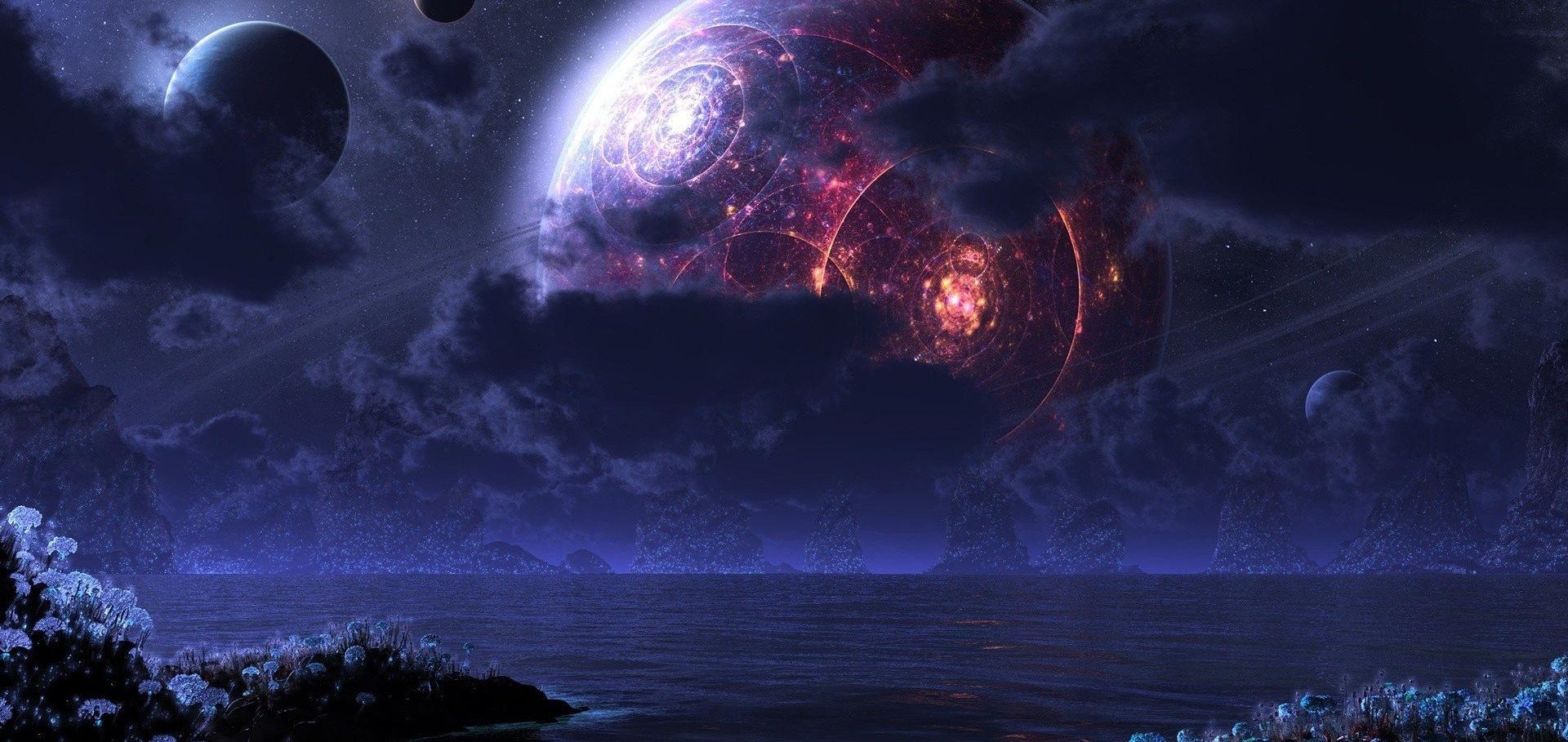Multi-Messenger Measurements of the Static Structure of Shock-Compressed Liquid Silicon at 100 GPa
(2023)
Searching for wave-like dark matter with QSHS
SciPost Physics Proceedings SciPost 12 (2023)
Abstract:
In 2021 the Quantum Sensors for the Hidden Sector (QSHS) collaboration was founded in the UK and received funding to develop and demonstrate quantum devices with the potential to detect hidden sector particles in the μeV to 100 μeV mass window. The collaboration has been developing a range of devices. It is building a high-field, low-temperature facility at the University of Sheffield to characterise and test the devices in a haloscope geometry. This paper introduces the collaboration's motivation, aims, and progress.Development of a new quantum trajectory molecular dynamics framework
Philosophical Transactions of the Royal Society A: Mathematical, Physical and Engineering Sciences Royal Society 381 (2023) 20220325
Abstract:
An extension to the wave packet description of quantum plasmas is presented, where the wave packet can be elongated in arbitrary directions. A generalised Ewald summation is constructed for the wave packet models accounting for long-range Coulomb interactions and fermionic effects are approximated by purpose-built Pauli potentials, self-consistent with the wave packets used. We demonstrate its numerical implementation with good parallel support and close to linear scaling in particle number, used for comparisons with the more common wave packet employing isotropic states. Ground state and thermal properties are compared between the models with differences occurring primarily in the electronic subsystem. Especially, the electrical conductivity of dense hydrogen is investigated where a 15% increase in DC conductivity can be seen in our wave packet model compared to other models.Self-diffusion of a relativistic Lennard-Jones gas via semirelativistic molecular dynamics
Physical Review E American Physical Society 107:5 (2023) 054138
Abstract:
The capability for molecular dynamics simulations to treat relativistic dynamics is extended by the inclusion of relativistic kinetic energy. In particular, relativistic corrections to the diffusion coefficient are considered for an argon gas modeled with a Lennard-Jones interaction. Forces are transmitted instantaneously without being retarded, an approximation that is allowed due to the short-range nature of the Lennard-Jones interaction. At a mass density of 1.4g/cm3, significant deviations from classical results are observed at temperatures above kBT≈0.05mc2, corresponding to an average thermal velocity of 32% of the speed of light. For temperatures approaching kBT≈mc2, the semirelativistic simulations agree with analytical results for hard spheres, which is seen to be a good approximation as far as diffusion effects are concerned.Model Independent Electron-Ion Equilibration Rate, Debye Temperature, and Bond Strength Measurements in Warm Dense Metals with Inelastic X-Ray Scattering
Institute of Electrical and Electronics Engineers (IEEE) 00 (2023) 1-1


